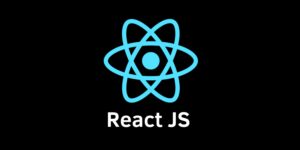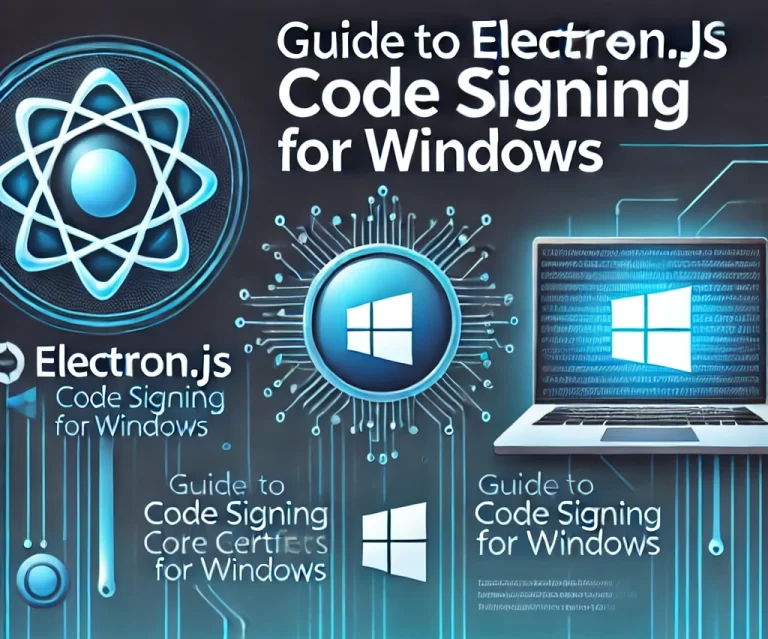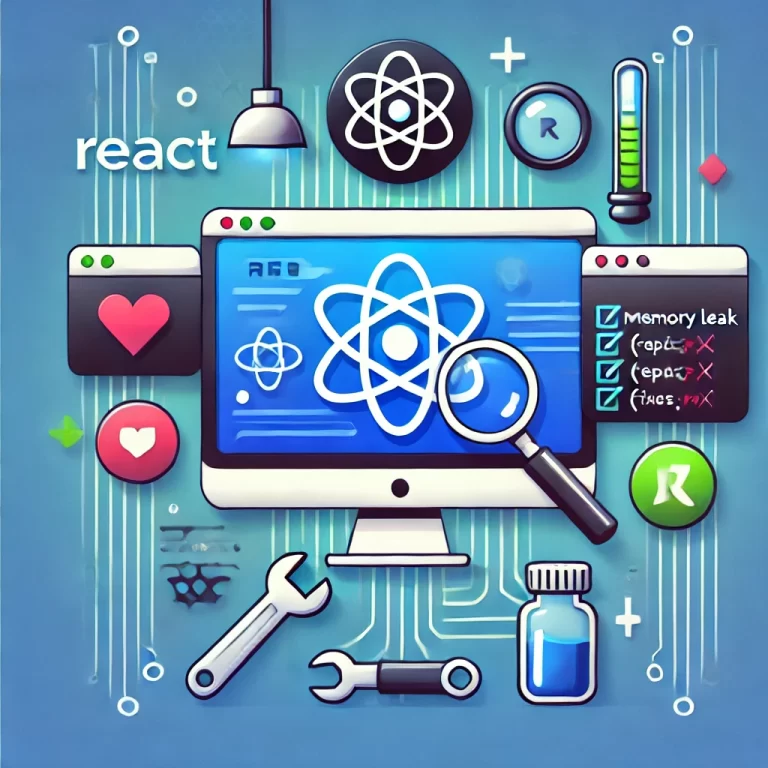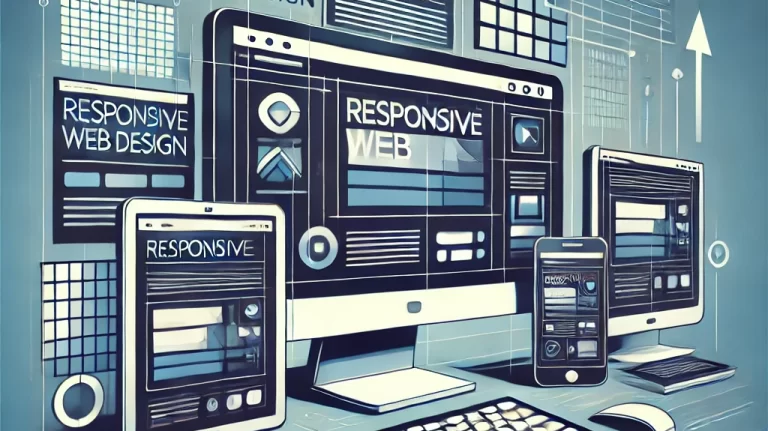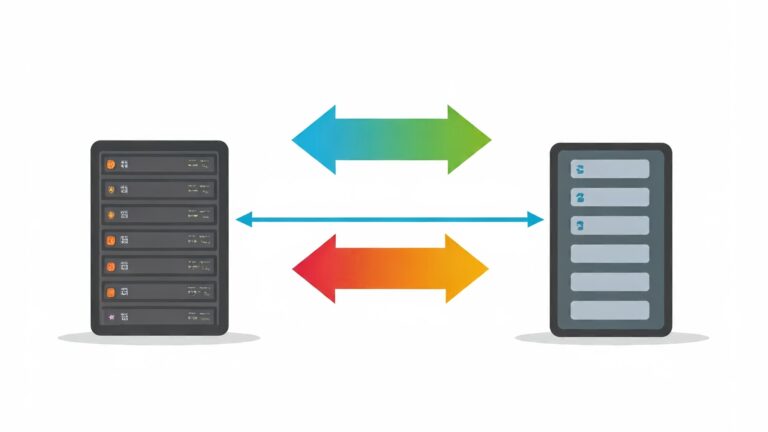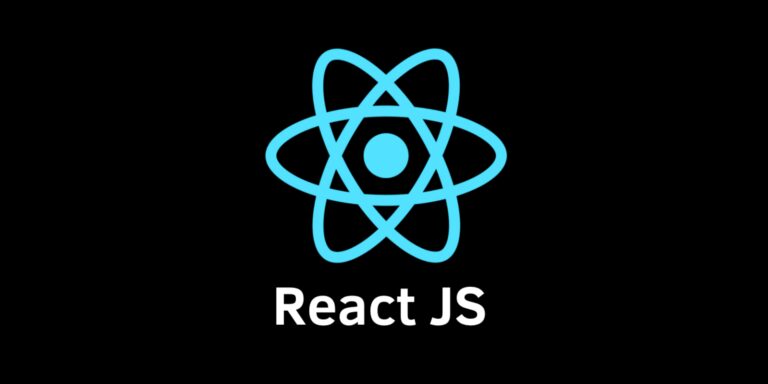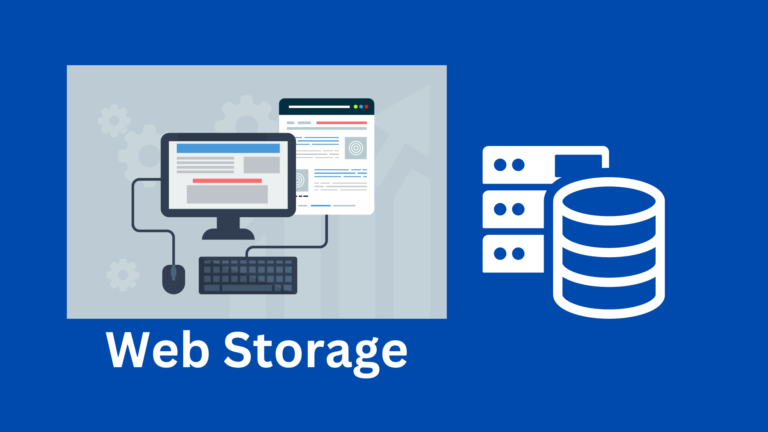React has become one of the most popular JavaScript libraries for building user interfaces, thanks to its component-based architecture and its vast ecosystem. If you’re just starting with React, learning by building real projects is the best way to gain confidence and improve your skills. This article outlines 10 beginner-friendly React projects that you can build to sharpen your skills.
1. To-Do List App
Project Overview: A simple to-do list application is a perfect first project for React beginners. It allows you to practice working with state and rendering lists dynamically.
Features:
- Add, edit, and delete tasks.
- Mark tasks as complete.
- Organize tasks into categories.
Key Concepts:
- State management using
useState. - Event handling.
- Form input and list rendering with
map().
Tools:
- Optional: LocalStorage to persist tasks.
2. Weather App
Project Overview: A weather app is a great way to work with external APIs and render data dynamically. You’ll get hands-on experience fetching data and displaying it in React components.
Features:
- Fetch weather data using an API (e.g., OpenWeatherMap API).
- Display the current weather for a given city.
- Show additional details like humidity, wind speed, etc.
Key Concepts:
- Fetching data using
fetchoraxios. - Handling asynchronous code with
useEffect. - Working with props to pass data between components.
Tools:
- OpenWeatherMap API.
- Optional: Geolocation API for automatically detecting location.
3. Simple E-commerce Product List
Project Overview: This project will help you practice working with arrays, passing props, and creating reusable components by building a simple e-commerce product listing.
Features:
- Display a list of products with images, prices, and descriptions.
- Implement a filter or search functionality.
- Add a “View More” button for detailed product information.
Key Concepts:
- Rendering dynamic lists.
- Filtering and searching data.
- Component hierarchy (Product, ProductList).
Tools:
- Optional: Use a CSS framework like Bootstrap or Material UI to style the product cards.
4. Movie Search App
Project Overview: A movie search app allows users to search for movies and display detailed information about each one. This is a fun project to practice React’s state and props.
Features:
- Fetch movies from a movie database API (e.g., OMDb API).
- Allow users to search by title.
- Display movie details like plot, ratings, and release year.
Key Concepts:
- Fetching data from an external API.
- Form handling for the search functionality.
- Conditional rendering to handle empty search results.
Tools:
- OMDb API (or similar movie database).
5. Recipe App
Project Overview: A recipe app is a great way to practice working with forms, data fetching, and component organization.
Features:
- Allow users to search for recipes by ingredient or cuisine.
- Display a list of recipes with details like ingredients and instructions.
- Implement a “Favorites” section to save recipes.
Key Concepts:
- Component lifecycle with
useEffect. - Controlled components for form input.
- Conditional rendering based on search results.
Tools:
- API: Edamam Recipe Search API, or TheMealDB API.
6. Expense Tracker
Project Overview: An expense tracker helps users manage their personal finances by tracking income and expenses. This project teaches state management and basic CRUD operations.
Features:
- Add and categorize expenses and income.
- Display a summary of total income, expenses, and balance.
- Delete or edit entries.
Key Concepts:
- Using
useStatefor state management. - Conditional rendering based on state.
- Rendering dynamic lists and totals.
Tools:
- Optional: LocalStorage to persist data.
7. Quiz App
Project Overview: A quiz app allows you to create interactive and dynamic features in React. You’ll practice state management and conditional rendering.
Features:
- Display a series of questions with multiple-choice answers.
- Track correct answers and display a score at the end.
- Implement a timer for each question.
Key Concepts:
- State management for tracking answers and scores.
- Handling user input (selections).
- Conditional rendering to move between questions.
Tools:
- Optional: Add a timer using the
useEffecthook.
8. Chat Application
Project Overview: A basic chat app lets users send messages to one another in real-time. This is a slightly advanced project but is still suitable for beginners with React.
Features:
- Allow users to enter a chatroom and send messages.
- Display messages from other users.
- Optionally implement user authentication.
Key Concepts:
- Handling real-time data with websockets or Firebase.
- State management for message history.
- Working with a backend service for real-time communication.
Tools:
- Firebase Realtime Database or a websocket library like Socket.io.
9. Personal Portfolio Website
Project Overview: Building your own portfolio site not only helps you learn React but also gives you a place to showcase your work.
Features:
- Display sections like “About Me,” “Projects,” and “Contact.”
- Create reusable components for each section.
- Implement routing for navigation between different sections.
Key Concepts:
- Routing with
react-router-dom. - Creating reusable components.
- Managing state across different sections.
Tools:
- Optional: Styling with frameworks like Tailwind CSS or Sass.
10. Blog with Markdown Support
Project Overview: A blog app that supports writing posts in Markdown is a great project for learning how to manage text input and display content dynamically.
Features:
- Create, edit, and delete blog posts.
- Allow writing posts in Markdown and render them.
- Show a list of all posts with links to individual posts.
Key Concepts:
- Markdown parsing libraries like
react-markdown. - Form handling for writing blog posts.
- State management for saving and editing posts.
Tools:
react-markdownfor Markdown rendering.- Optional: Use a CMS like Contentful for managing posts.
Conclusion
Building React projects is a hands-on way to practice the core concepts of React such as components, state management, and props. As you gain more experience, you can continue improving these projects by adding new features, connecting them to real-world APIs, or even deploying them for others to see. The key is to start small and gradually take on more complex challenges. Happy coding!
Further Resources
- React Docs: The official documentation is an excellent resource for learning React.
- FreeCodeCamp: Offers a comprehensive guide on React for beginners.
- MDN Web Docs: A reliable source for JavaScript fundamentals and DOM manipulation techniques.
These projects should give you a strong foundation in React, setting you up for more complex applications as your skills grow.


